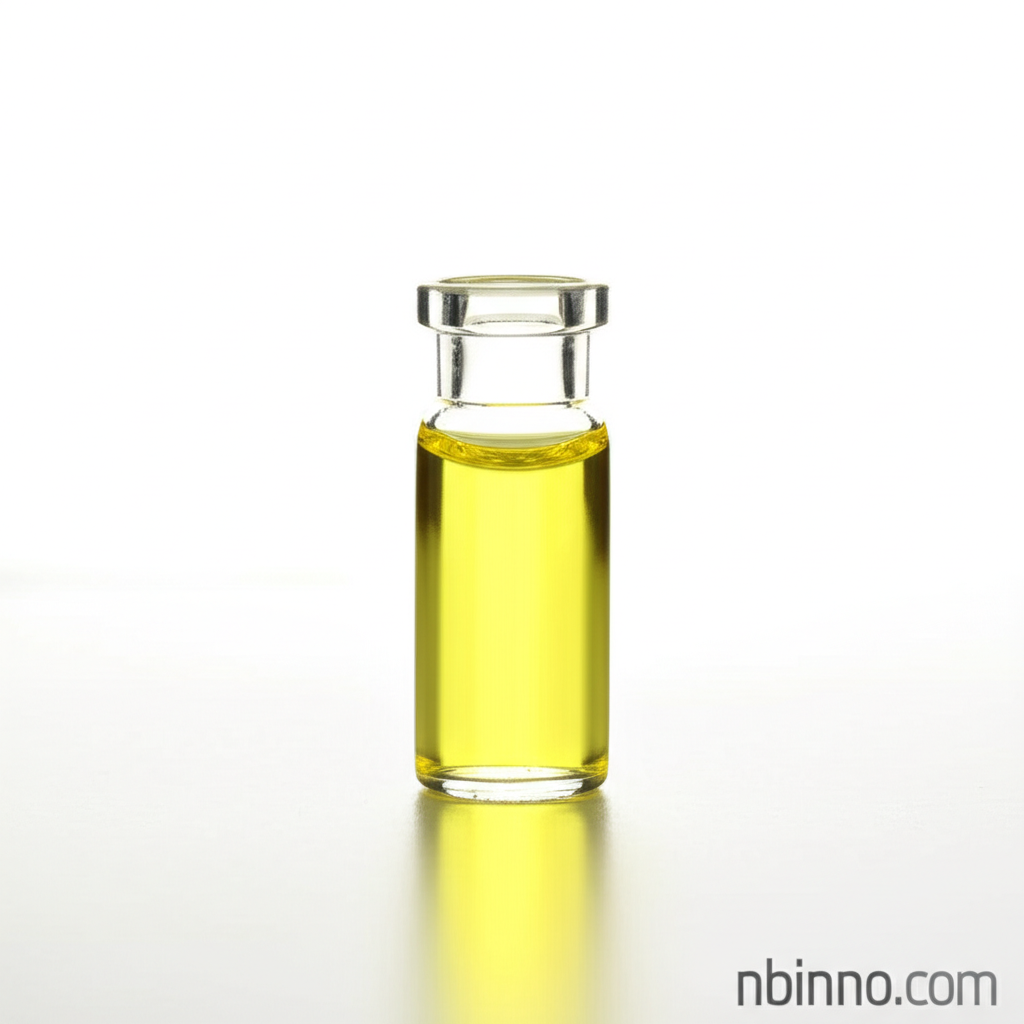Campholenic Aldehyde CAS 4501-58-0: A Versatile Intermediate for Fragrance and Flavor Applications
Discover the key applications and properties of Campholenic Aldehyde, a vital ingredient for the fragrance and food industries.
Get a Quote & SampleProduct Core Value

Campholenic Aldehyde
Campholenic Aldehyde, identified by CAS number 4501-58-0, is a crucial chemical compound widely utilized for its unique olfactory properties. It serves as a key intermediate in the synthesis of sought-after sandalwood fragrances, contributing a fresh, woody, and herbal aroma to various formulations. Its application extends to the food industry as a flavor spice, enhancing the taste profiles of numerous products. High purity grades are available, ensuring consistent performance in demanding applications. We offer reliable supply and appropriate packaging for this versatile chemical.
- Exploring the application of Campholenic Aldehyde CAS 4501-58-0 in food spice formulations reveals its significant contribution to taste enhancement.
- Sourcing high purity Campholenic Aldehyde online provides manufacturers with a reliable ingredient for sophisticated fragrance blends.
- The role of Campholenic Aldehyde as a fragrance intermediate is critical for creating complex and appealing scents in perfumes and personal care products.
- As a reputable food spice Campholenic Aldehyde supplier, we ensure consistent quality and availability for your production needs.
Key Advantages
Versatile Aroma Profile
Leveraging Campholenic Aldehyde CAS 4501-58-0 allows for the creation of distinct herbal, green, woody, and amber notes in fragrance compositions.
Essential Fragrance Intermediate
The compound acts as a vital fragrance intermediate, particularly in the synthesis of sandalwood-derived scents, a highly valued category in perfumery.
Food Grade Applications
Its use as a food spice highlights its safety and effectiveness in enhancing flavor profiles, meeting stringent industry standards.
Key Applications
Fragrance Formulations
Used as a crucial component in creating perfumes, colognes, and scented personal care products, contributing unique aromatic characteristics.
Food Flavoring
Employed as a food spice to impart specific flavor notes, enhancing the sensory experience of various consumable goods.
Daily Chemical Products
Incorporated into a wide array of daily use products like soaps, detergents, and air fresheners to provide a pleasant and lasting scent.
Synthesis Intermediate
Serves as a building block in the chemical synthesis of more complex aroma compounds, particularly those mimicking natural scents like sandalwood.
